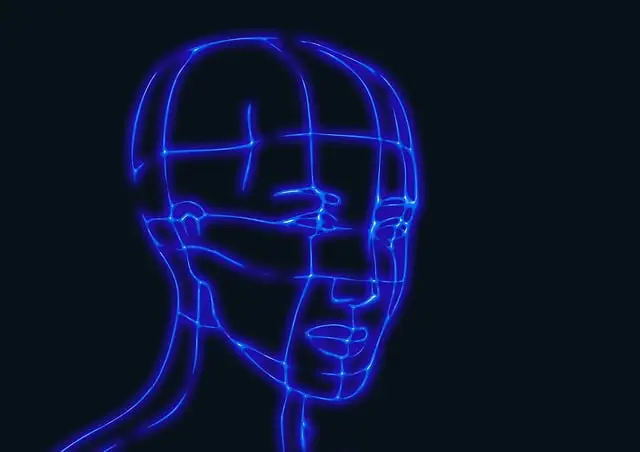Red Dragon Kratom, a strain of Mitragyna speciosa, has garnered attention for its potential in managing withdrawal symptoms and cravings associated with opioid addiction. Its unique alkaloid composition, including mitragynine and 7-hydroxymitragynine, engages opioid receptors, offering a non-sedative alternative for pain relief and mood elevation. Users experience relaxation and analgesic effects without the heavy sedation typical of traditional opioids. While it holds promise as an adjunct in recovery plans, its safety and efficacy are subjects of ongoing clinical research. It is essential for individuals to consult healthcare professionals before incorporating Red Dragon Kratom into their treatment, ensuring it complements a broader, evidence-based strategy for addiction treatment. Understanding what is Red Dragon Kratom emphasizes the importance of careful examination and responsible use within medical contexts.
Red Dragon Kratom has emerged as a potential aid in the journey toward addiction treatment and recovery, capturing the interest of both medical professionals and individuals seeking alternative pathways to sobriety. This article delves into the unique properties of Red Dragon Kratom, exploring its role in the realm of substance abuse rehabilitation. By examining its alkaloid composition and the effects that contribute to its efficacy, we aim to provide a comprehensive understanding of how this natural substance can be integrated into addiction treatment strategies. Join us as we uncover the science behind Red Dragon Kratom and its potential in supporting recovery.
- Unraveling Red Dragon Kratom: A Closer Look at Its Role in Addiction Treatment and Recovery
- The Science Behind Red Dragon Kratom: Alkaloids, Effects, and Efficacy in Substance Abuse Rehabilitation
Unraveling Red Dragon Kratom: A Closer Look at Its Role in Addiction Treatment and Recovery

Red Dragon Kratom, a variant of Mitragyna speciosa, has been the subject of increasing attention in the realm of addiction treatment and recovery. This strain is known for its unique alkaloid profile, which may contribute to its distinct effects. Derived from the leaves of the kratom plant, which are native to Southeast Asia, Red Dragon Kratom contains a balance of 7-hydroxymitragynine and mitragynine, the two primary alkaloids that interact with opioid receptors in the brain. Its potential role in addiction treatment stems from these interactions, which may offer relief from withdrawal symptoms and support recovery from opiate addiction. Users often report sensations of relaxation and euphoria, along with analgesic properties, without the sedative effects typically associated with opioids. This makes Red Dragon Kratom a potential alternative for those seeking to manage pain and cravings associated with substance abuse while avoiding the high risk of overdose and addiction linked to prescription opioids. Clinical studies are essential to further elucidate the efficacy and safety of Red Dragon Kratom in an addiction treatment context, ensuring that it is used responsibly as part of a comprehensive recovery plan. Users considering Red Dragon Kratom for this purpose should consult with healthcare professionals to navigate its use safely and effectively within their individual treatment protocols.
The Science Behind Red Dragon Kratom: Alkaloids, Effects, and Efficacy in Substance Abuse Rehabilitation

Red Dragon Kratom, a strain derived from the Mitragyna speciosa tree, has garnered attention within the realm of substance abuse rehabilitation due to its unique alkaloid composition and potential therapeutic effects. The primary alkaloids present in Red Dragon Kratom are mitragynine and 7-hydroxymitragynine, which are known for their binding affinity to opioid receptors, providing pain relief and mood enhancement without the same level of sedation as morphine. These compounds may help alleviate withdrawal symptoms associated with opioid addiction, a critical aspect in the recovery process. Users report that Red Dragon Kratom can offer stimulating effects at lower doses, which may aid in increasing energy and focus, while higher doses can induce sedative properties conducive to managing anxiety and insomnia. The efficacy of Red Dragon Kratom in substance abuse treatment is being explored, with some preliminary studies suggesting its potential as a tool for opioid addiction recovery, particularly in managing cravings and symptoms of withdrawal. However, it is important to approach its use with caution, as the scientific community continues to investigate its long-term effects and optimal integration into comprehensive treatment protocols. Users should consult healthcare professionals before incorporating Red Dragon Kratom into their rehabilitation regimen, ensuring safe and effective application in conjunction with other evidence-based therapies.
Red Dragon Kratom has emerged as a potential aid in addiction treatment and recovery, offering promising insights into its role in substance abuse rehabilitation. The scientific exploration of its alkaloid content and effects provides a foundation for understanding its efficacy. As the evidence continues to mount, Red Dragon Kratom’s potential in this field merits further attention from medical professionals and researchers alike. It is clear that more studies are necessary to fully comprehend its impact on addiction recovery; however, the initial findings suggest a hopeful addition to the arsenal of tools available for those seeking to overcome substance abuse challenges.






